 I’ve had my Fujifilm X-T1 for over a week now, and during that time, I’ve shot over 1,200 frames with it, covering a variety of subject matter, including landscapes, people, action, travel and the Northern Lights.
I’ve had my Fujifilm X-T1 for over a week now, and during that time, I’ve shot over 1,200 frames with it, covering a variety of subject matter, including landscapes, people, action, travel and the Northern Lights.
NOTE: The Fuji X-T1 with 18-55mm lens is on sale right now for $100 off.
I’m incredibly impressed with this new camera in so many ways, but perhaps the most significant advancement over the other Fuji X cameras is that the X-T1 was designed with 9 phase detect AF points on the sensor and a new predictive autofocus algorithm that locks on and tracks moving subjects at up to 8 frames per second.
This is HUGE, especially for an outdoor action shooter like myself. However, since the X-T1 has only been in the hands of few people, (I’m the first person to own one in the US), there have not been very many image examples of how well this camera’s AF system really performs. As I read some of the other blogs and forums, this seems to be the biggest concern and question for people who are otherwise interested in the X-T1, or who question whether it’s really that much better than the X-E2.
After a solid week of testing in Iceland, I’m here to tell you that YES, the new Fuji X-T1 AF system really tracks. Quite well indeed. This is what sets the X-T1 apart from the rest of the lineup. Whereas the X-100S and X-E2 both focus very fast and will even acquire moving subjects, they won’t track past the first frame. The X-T1 will.
Here are three image examples that I feel represent the capabilities and limitations of the X-T1 autofocus system. These are real world situations which would present a challenge to any camera, even a top shelf DSLR.
1. Biker – Moving Directly Away From the Camera
 This is the first test that I did, using the Fuji XF 55-200mm lens. Shooting a subject that’s moving directly away from you in dim, winter light is a hard thing to capture, no matter what camera you’re using. These were shot at ISO 800 with a zoom focal length of 83mm at 1/240, f/3.5 on Continuous High mode at 8 frames per second.
This is the first test that I did, using the Fuji XF 55-200mm lens. Shooting a subject that’s moving directly away from you in dim, winter light is a hard thing to capture, no matter what camera you’re using. These were shot at ISO 800 with a zoom focal length of 83mm at 1/240, f/3.5 on Continuous High mode at 8 frames per second.
I have to say that the first time I put the X-T1 on CH mode, I was blown away. 8 fps is VERY FAST! It’s as fast as any DSLR that I’ve ever owned. One thing to note, even though the X-T1 has 49 AF points, according to the manual, when you put the X-T1 on AF-C and CH mode, the camera focuses using the 9 point phase detect sensor array that’s laid out in the center part of the frame. I’m not sure if this is only for initial acquire or for full tracking, this is something that I want to ask my contact at Fuij.
In this instance, the X-T1 was able to track quite well, and I think that in the one second burst of 8 frames, it only missed one or two, (not by much) before locking on to the back fender again. Overall, pretty good. Even though the XF 55-200mm lens is not a particularly fast lens, it did pretty well during my test on the streets of Reykjavik. 
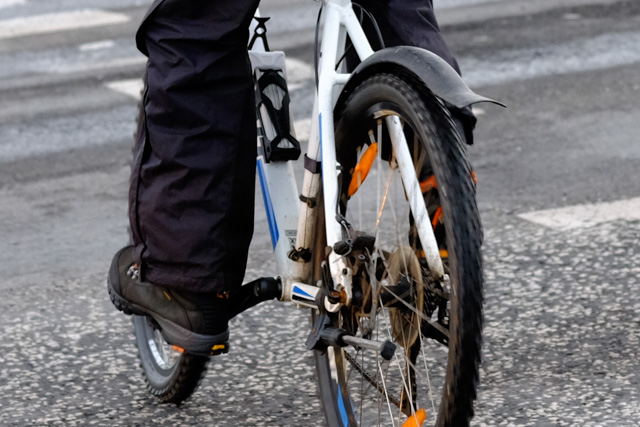

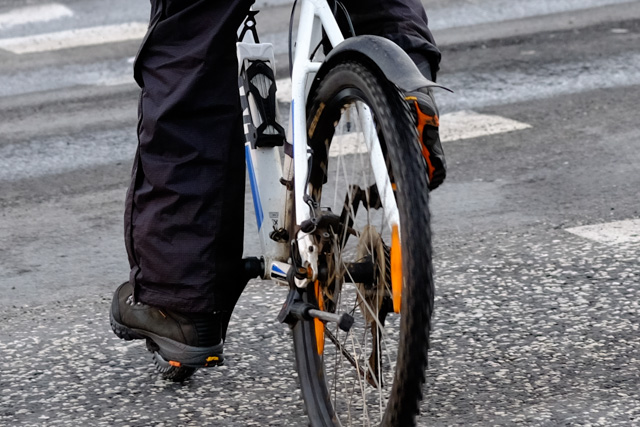



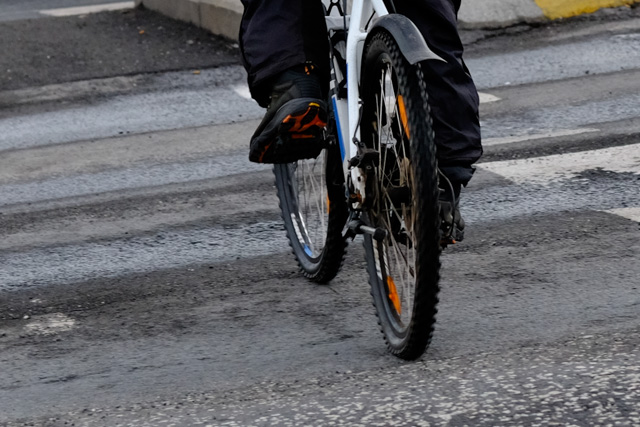
2. Glacier Hiking – Subject Switching Directions
I shot this series in bright sunny conditions with the XF 14mm f/2.8, which is a fast, fixed, ultra wide angle lens. It’s my favorite Fuji glass. (Read my full review of this lens here). Exposure details are ISO 200, 1/350 at f/8.
Following really close right behind the hiker, I set the AF point so that it would grab his right foot, which was swinging back and forth with every step. This is a really good test, because when it’s planted, it’s moving much more slowly in relation to the camera position, but when he takes a step, it picks up, switches direction and moves forward in a much higher rate of speed against the camera.
In other words, it’s asking an awful lot of the camera to lock on and track a subject like this, but in the this 9 frame series at 8 fps, the X-T1 did an amazing job. It’s not 100% perfect, sometimes it grabbed the flying snow, sometimes it missed by just a bit or else grabbed the pants instead of the boot or crampon, but I have extensive experience shooting stuff like this, and considering the conditions, it did awesome.
3. Flying Birds – Erratic Movement with Defined Background
When I was reading the forums this week, a few people wanted to know how well the X-T1 would work tracking something with erratic movement like flying birds. In my test, it did about as well as any pro camera that I’ve used, which means that it was totally hit or miss. Sometimes it grabbed, sometimes it didn’t. Plus, shooting with a long lens, it’s extremely hard to even find the bird in your lens, let alone keep in there to track.
Birds against a blue sky are tough, especially when you’re using a long lens, because if it misses, the lens usually goes seeking in a sea of blue and you’ve lost the shot. Shooting against a busy background can be just as hard, because it’s easy for the lens to give up and just grab that nice, contrasty beach.
In this example, which I shot at with the XF 55-200mm lens zoomed to 123mm, ISO 400 and an exposure of 1/2200 at f/4.5. In this six frame series shot at 8 fps and varying levels of background contrast, the X-T1 nailed every single frame. Once it locked on, it stayed right there and didn’t get temped by those nice high contrast waves on the black sand beach in the background.
In addition, if you’ll notice, while the first frame has the bird close to the center of the frame, by the last shot, it’s well outside where those 9 phase detect points are located, which seems to indicate that the X-T1 will continue to track, even when the subject leaves the coverage of the phase detect array.
Final AF Analysis
For everyone who is wondering if the hype about the X-T1 predictive AF system is true, the definitive answer is yes. The X-T1 will track moving subjects and it will do it under a variety of conditions, light levels and lens choices.
Is it perfect? Hardly, but neither is my DSLR and my brand new Nikon AF-S 70-200mm f/4G ED VR Telephoto Zoom Lens. I miss frames with that setup too. Sometimes, in AF-C mode, especially in dim light when you don’t have a clearly definable subject, the AF system “breathes” a little bit as it searches for something to lock onto. When it finds a subject, though, it grabs pretty well, and it locks really quickly in AF-S mode.
Newer mirrorless cameras have at least some phase detect points that are placed right on the image sensor in addition to the regular array of contrast detect sensors. This makes the AF systems on today’s top mirrorless cameras really fast, but until now they didn’t track. However, phase detect only works well in bright light. When things go dim, the contrast detect sensors take over.
In my mind, this is why the X-T1 is such an awesome camera and why it’s so usable for outdoor photographers who shoot things like action, sports, adventure, wildlife and people. When Fuji brought me in the loop before the X-T1 was announced, I was pretty impressed. Now that I have one in my hands, I’m blown away by what this compact X camera can do.
Check out my X-T1 full review and field test. It’s a very detailed post with lots of information and more full size image samples. Also, read this other AF tracking post where I shot dog sledding teams coming straight towards the camera.
You can also order the camera at B&H Photo, Adorama or Amazon, it’s in stock now.
Order the Fujifilm X-T1 for only $1,299 (body only) at B&H Photo or Amazon
Order the Fujifilm X-T1 with 18-55mm lens for only $1,699 at B&H Photo or Amazon
[iframe]<iframe width=”120″ scrolling=”no” height=”240″ frameborder=”0″ style=”border:none;” border=”0″ src=”http://mer54715.datafeedfile.com/widget/aff_widget_prdt_generate-2.0.php?aff_num=6746&aff_net=1&widget_num=4995&sid=” marginheight=”0″ marginwidth=”0″></iframe><iframe src=”http://rcm-na.amazon-adsystem.com/e/cm?lt1=_blank&bc1=000000&IS2=1&bg1=FFFFFF&fc1=000000&lc1=0000FF&t=danhbaisadvph-20&o=1&p=8&l=as4&m=amazon&f=ifr&ref=ss_til&asins=B00HYAL84G” style=”width:120px;height:240px;” scrolling=”no” marginwidth=”0″ marginheight=”0″ frameborder=”0″></iframe>
[iframe]<iframe src=”http://adn.impactradius.com/gen-ad-code/79340/78389/1036/” scrolling=”yes” frameborder=”0″ marginheight=”0″ marginwidth=”0″></iframe>[/iframe]

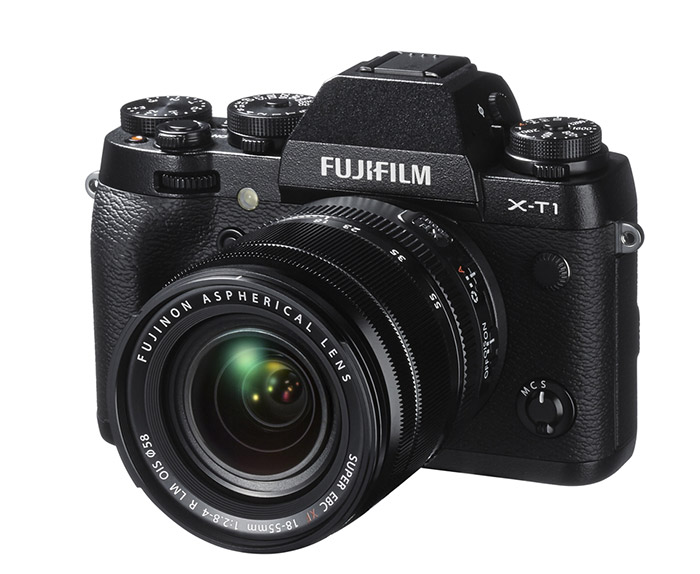
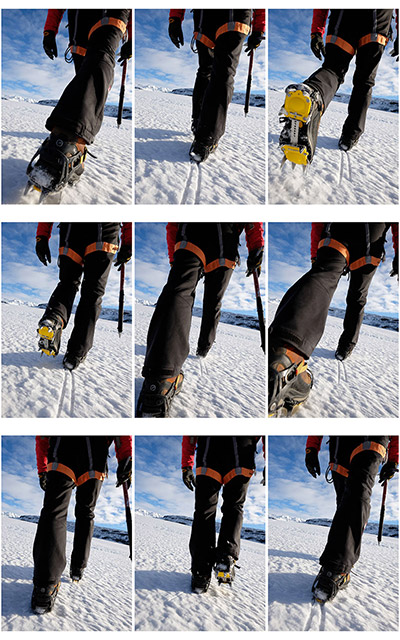

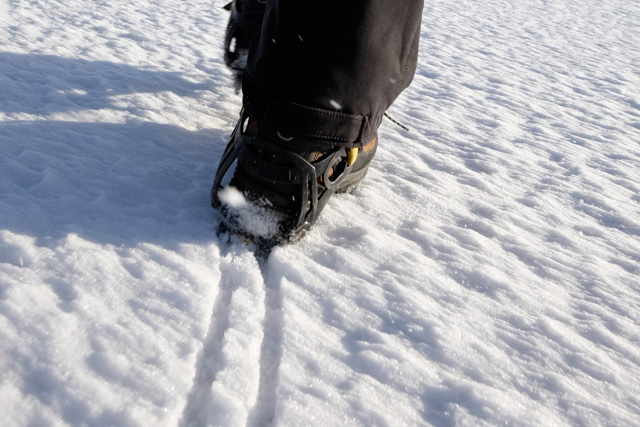

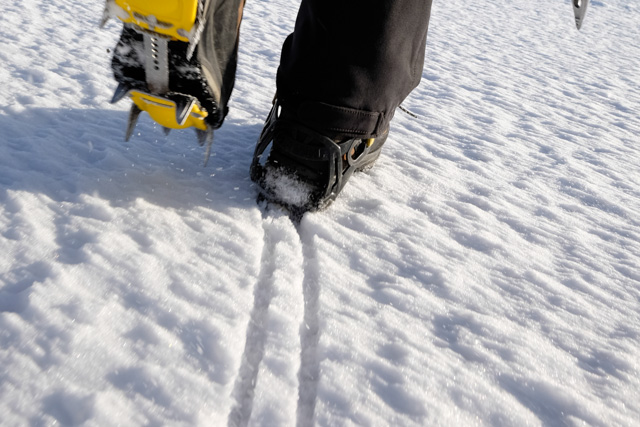

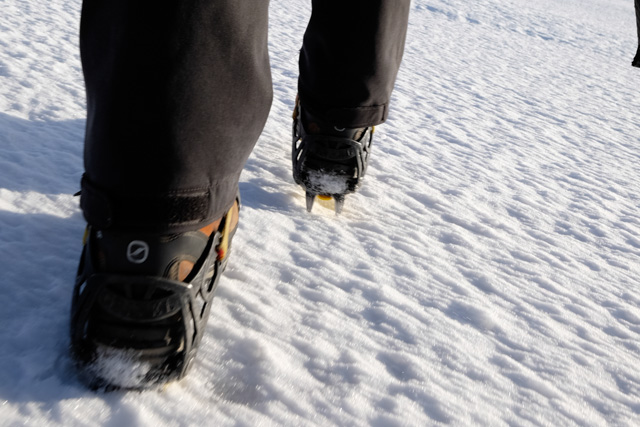

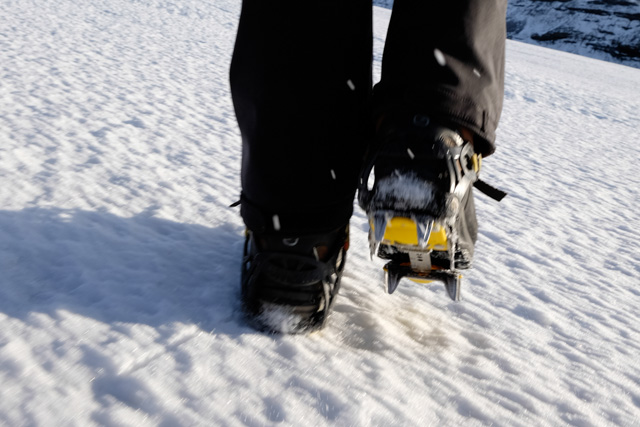
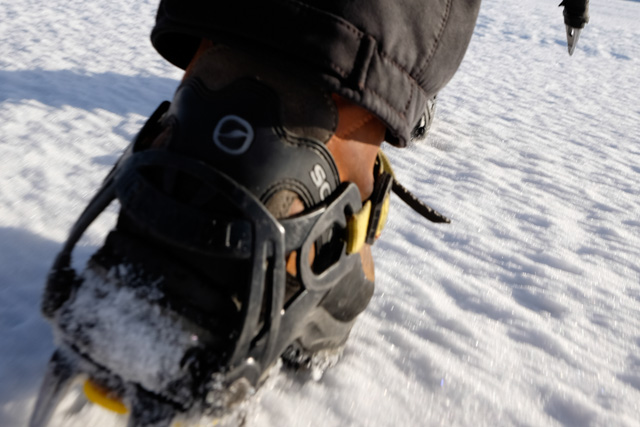
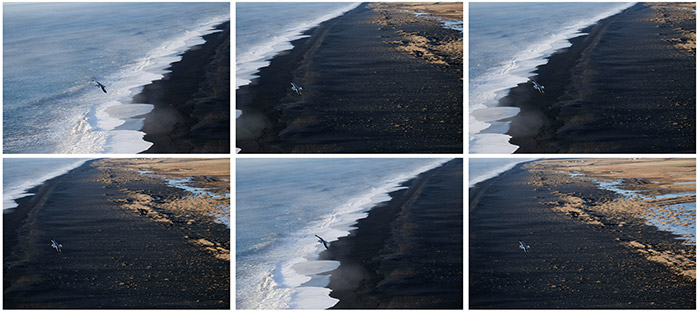

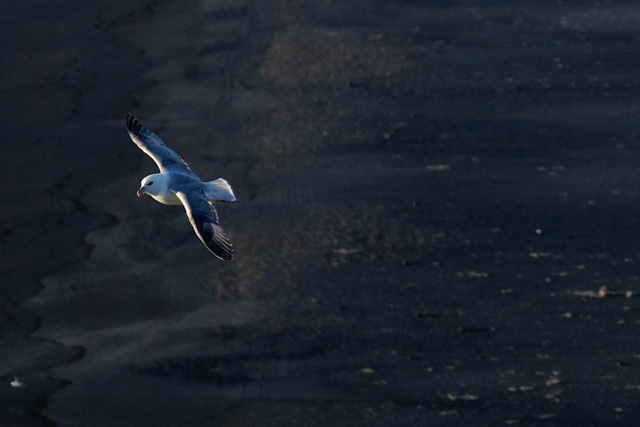


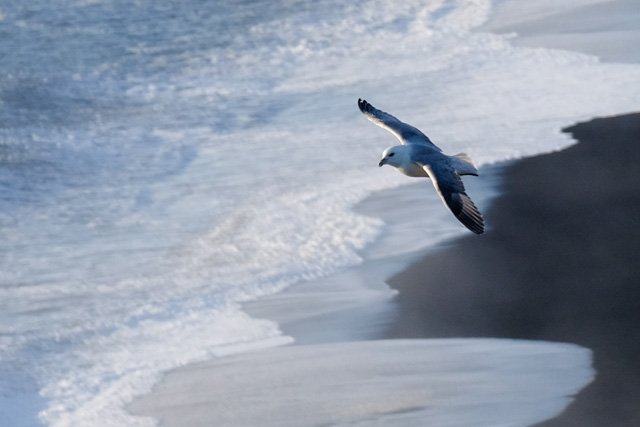
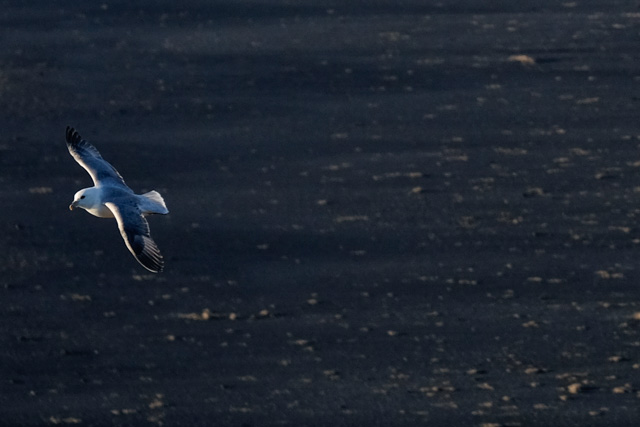
Can this Autofocus tracking be brought over to the X-E2 via firmware upgrade?
Excellent hands-on review. Thank you!
[…] Dan Bailey's Adventure Photography Blog – Exploring the World of Outdoor Photography with Tips, News, Imagery and Insight […]
Paco, I’m not sure. If the predictive AF is software algorithm based only, and doesn’t involve hardware or chip upgrades from the X-E2, then theoretically, I suppose it could be brought over in a firmware upgrade. However, I don’t know the whether the X-T1 features new hardware that improves the AF system, so I can’t say for sure. Also, since this new motion tracking predictive AF is a big selling feature on the X-T1, who knows if they would bring it to other cameras anytime soon.
[…] “Dan Bailey's Adventure Photography Blog – Exploring the World of Outdoor Photography with Tips, News, Imagery and Insight (Thanks for this @Danbaileyphoto RT How good is the Fujifilm X-T1 AF?” […]
Impressive shots, especially the birds. Can you post some
full size samples? Also, how did you get the X-T1 already? Do you
work with Fuji?
Thanks. I’ll post some bigger versions when I get a chance, probably in a future article.
I started trying out some of the Fujifilm X cameras a couple years ago and then reached out to them with some of my best imagery. They liked my work, and since I’m a pro action adventure shooter, they brought me onboard to create early photos for the X-T1 launch.
Since I was the only US photographer to test an early version of the camera, I was able to get one as soon as they were officially announced.
Matt Brandon took some sequence shots with the X-E2, posted
in his review. Looks like it tracks focus on moving subjects just
fine *past the first frame, continuously* – scroll down to the
motorcycle series: http://tinyurl.com/pyz68wz
[…] Check out Dan Bailey’s whole
tracking-review here. […]
[…] I’ve had my Fujifilm X-T1for over a week
now, and during that time, I’ve shot over 1,200 frames
with it, covering a variety of subject matter, including
landscapes, people, action, travel and the Northern Lights.
I’m incredibly impressed with this new camera in so many
ways, but perhaps the most significant advancement over the other
Fuji X cameras is that the X-T1 was designed with 9 phase detect AF
points on the sensor and a new predictive autofocus algorithm that
locks on and tracks moving subjects at up to 8 frames per second.
This is HUGE, especially for an outdoor action shooter like myself.
However, since the X-T1 has only been in the hands of few people,
(I’m the first person to own one in the US), there have
not been very many image examples of how well this
camera’s AF system really performs. As I read some of the
other blogs and forums, this seems to be the biggest concern and
question for people who are otherwise interested in the X-T1, or
who question whether it’s really that much better than
the X-E2…… […]
[…] See on danbaileyphoto.com […]
[…] “Dan Bailey's Adventure Photography Blog – Exploring the World of Outdoor Photography with Tips, News, Imagery and Insight (Thx for the RT. @MirrorLessons: RT How good is the Fujifilm X-T1 AF?” […]
lecycliste, thanks for sharing that link. You are correct, the X-E2 will do continuous focus, but only at 3 fps, which is eternally slow for any kind of serious action photography. Also, in my experience, it was pretty hit and miss. I had trouble getting it to do very well on fast moving subjects, especially when using a long lens. Having used both cameras, the X-T1 blows the X-E2 away in this department. I still love the X-E1 and X-E2, but for the kind of work I do, they’re pretty limiting when it comes to AF performance. The X-T1 is not.
[…] Combined with the 49 selectable AF point array that covers the entire frame (something that I LOVE about these cameras), and 9 phase detect AF points on the sensor, you have total flexibility about where you put your subject matter in the frame. Want it at the very edge? No problem. There’s an AF point out there. As with the other X cameras, you can change the size of the AF points to reflect your shooting situation. That’s been something I’ve enjoyed on my X-E1 and X20, and I’m glad they stuck with it on the X-T1. Read my real world AF test and see just how well the X-T1 tracks moving subjects at 8 fps. […]
[…] تست AF Tracking دوربین جدید فوجی را در آدرس زیر ببینید: A look at just how well the Fuji X-T1 AF system tracks | Dan Bailey's Adventure Photography Blog اما هنوز در مورد اکثر این دوربینها نباید انتظار […]
[…] other day, I put up a detailed look at how well the X-T1 autofocus system actually tracks moving subjects. If you shoot action, sports or like the idea of continuous AF tracking at 8 fps, you’ll want […]
Hello Dan,
I was hoping you could comment on the camera’s behavior “between” shots. Your excellent article above details continuous shooting mode and AF tracking, but how about the regular shooting experience with living/moving subjects? With the XE-2, when I press the shutter, I get EVF blackout for about a second. If I am shooting (even a slow) moving object, by the time the EVF has caught up, my focus point and the subject are out of sync. Please note that this is not a question about the AF speed as I have found it to be plenty fast on the Ex-2 and I suspect it will be the same or better on the X-T1. Its more about the camera’s ability to keep me connected with the subject while it does its thing of processing and storing images. I am currently (and have been for a long time) a traditional DSLR user. I don’t want to give up that quality, but I feel that having a smaller package will enable me to have the camera with me more. However, one of the main reasons I bought my first DSLR was to enable picture taking in more difficult situations. In addition, it enabled me to be more connected with my subject than I was able to be with a P&S. Therefore, any answer you can provide to my question above will surely help me in my decision making. Thank you many times over in advance!
[…] and what to expect, should you decide that to add it to your arsenal. The other day, I put up a detailed look at how well the X-T1 autofocus system actually tracks moving subjects. If you shoot action, sports or like the idea of continuous AF tracking at 8 fps, you’ll want […]
Logan, in single mode, the X-T1 shutter blacks out for about a half second, maybe a little bit more. It’s probably similar to the blackout on the X-E2. This still seems to be one of the limitations of mirrorless cameras over DSLRs. In single mode, most DSLRs will continue to fire as fast as you press the shutter, whereas most mirrorless cameras take a very brief time to process, write and get ready for the next shot.
However, in Continuous mode, both CL and CH, the X-T1 doesn’t black out at all. Even shooting at 8 fps, the viewfinder, (both LCD and EVF) show the scene with no interruptions between frames. This is why I often use continuous mode on my mirrorless cameras, especially when shooting people and subjects that can vary slightly in a split second. Note that except for the number of fps and AF tracking, this is also how the shutter performs on my X-E1, although the X-T1 is definitely a little “tighter” and faster in its performance. I imagine that the X-E2 is similar in this regard, though. Try shooting in Continuous mode with your X-E2 see if that makes a difference for you.
Thanks for reading!
[…] First thing we’ll cover is the AF system. I won’t go too much in depth here because I’ve already written a detailed look at how well the X-T1 tracks moving subjects. You should read this post, because the results are pretty impressive. […]
[…] Con el visor óptico, las cámaras digitales parecían condenadas a perder el autofoco por detección de fase (la tecnología que usan las réflex) y a tener que conformarse con la detección de contraste, algo más lenta. Con el sensor X-Trans CMOS II, Fujifilm incorpora píxels dedicados a la detección de fase, de modo que la cámara debería -en principio- poder enfocar tan rápidamente como una réflex. ¿Es así? Por lo que he podido probar, con focales cortas (hasta 55 mm) y sujetos estáticos, la respuesta es “sí”: el sistema funciona suficientemente bien, incluso en condiciones difíciles. No he podido probar todavía la cámara con focales más largas, remito a los interesados a este enlace en Dan Bailey Photo […]
[…] month, I wrote a detailed post about how well the X-T1′s autofocus tracking system works. Today we look at a few more examples. As a longtime DSLR user who makes my living getting right in […]
Liked your real world insight here…Can you clarify…is the “9 phase detect AF points on the sensor” the ONLY AF mode? I.e. does it have a single point AF mode as well, perhaps center point?
Clarify my comment above, single point AF in AF-C and CH mode available?
Chris, the X-T1 has 49 selectable AF points which you can choose in either AF-S mode or AF-C mode when shooting in CL. In CH, you can select only from the 9 phase detect points. The camera also has Area AF, which puts it in control of selecting your focus zone. Does this make sense?
[…] in love with how well it has performed in every shooting application that I’ve throw at it. The X-T1 tracks moving subjects with surprising accuracy and speed, at up to 8 fps, it has a number of great film simulations and features, and, of course, it’s […]
Can you provide a step by setp setup guide for this continuous auto focus
tracking for the XT1. Need for Birds in Flight.
Harold, for moving subjects, you would want the AF mode set to “Zone AF,” the front dial to AF-C and the camera drive mode set to Continuous mode. Either High or Low would work, although I’d probably use CH. You may not get at 100% Lock with every frame, but my experience with shooting birds is that when it does lock on the subject, you’ll get a very sharp images, providing your shutter speed is high enough to freeze the motion. Of course, you could always do some slower shutter blur/motions shots as well.